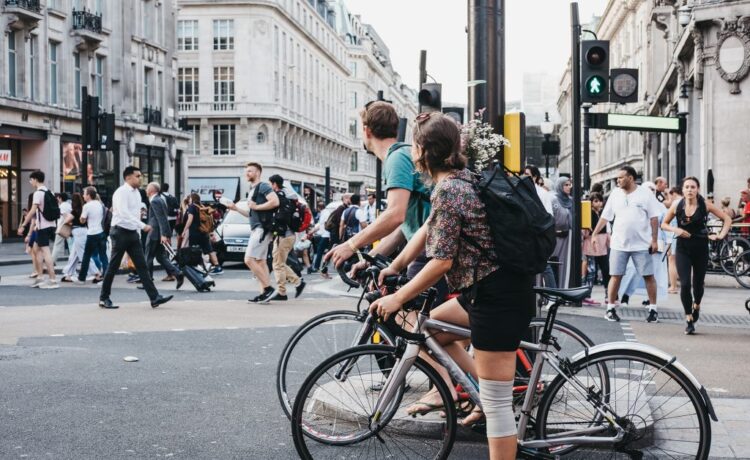The UK government is to invest “unprecedented levels of funding” in active travel to improve health, combat climate change, and reduce pressures on the NHS.
Speaking with The Guardian, Transport Secretary Louise Haigh said it will be “essential” to develop a national integrated transport strategy which includes long-term funding settlements that improve walking and cycling routes.
The pledge comes after the Labour Party stated it would promote active travel networks in its manifesto.
“At present, walking and cycling is far more difficult than it needs to be in most areas, primarily due to how much the car is prioritised over every other method of transport,” James Dyson, Principal Active Travel Consultant at consultancy firm Steer told Zag Daily.
“Providing local authorities with easy-to-access capital and revenue funding to deliver packages of improvements would be a great start. Interventions such as fixing tactile paving, implementing dropped kerbs, and extending pedestrian green times at junctions are often overlooked in favour of big-ticket schemes, but would benefit most people on a daily basis.”
Following the Transport Secretary’s pledge to provide long-term funding to local authorities, the Minister for Local Transport Simon Lightwood cycled the newly completed first mile of the Seafront Sustainable Route in Tynemouth today.
The North East cycleway had its tarmac laid in 2023 and £11 million in funding from Active Travel England is to support the completion of the five-mile route by 2025.
According to the Department for Transport, local doctors and nurses have heavily backed the route and believe healthier travel options will reduce patient waiting times and their workloads.
Louise Haigh told The Guardian that a national network of safe cycle routes could cut GP appointments by “hundreds of thousands, if not millions a year.”
She said that walking and cycling is key to combating the climate crisis, with transport being the UK’s largest carbon emitter accounting for 25% of emissions. Yet, nearly 75% of trips in England are less than five miles.
“For walking and cycling to become the natural option for local journeys, and in turn feed public transport as part of longer trips, we are going to need networks of high quality, safe and convenient routes,” James said.
“Fortunately, we have LTN 1/20 which sets out exactly what best practice looks like, and what we need to do to ensure schemes work for all users. It was really encouraging to see Louise Haigh confirm that the government is going to develop a new road safety strategy, alongside a national integrated transport strategy.
“I think those two documents together should bring impetus and allow us to start unpicking decades of car-centric planning.”
















